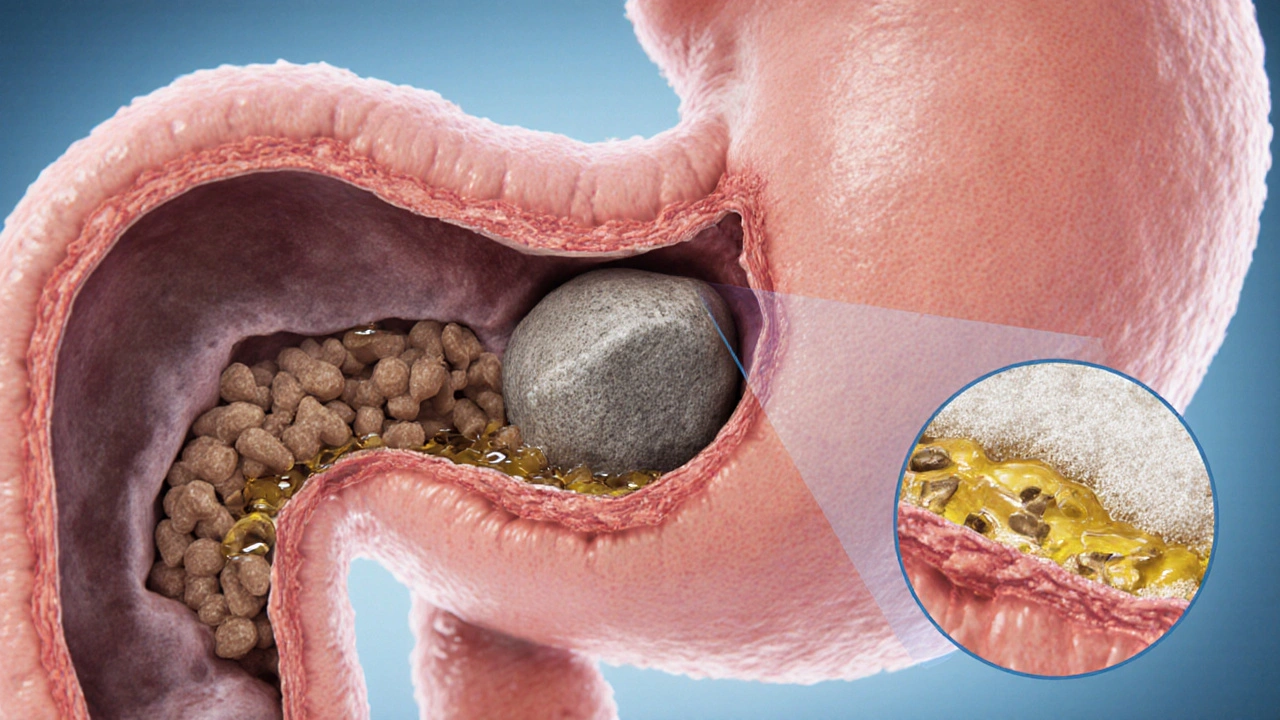Enzyme Replacement Therapy: What You Need to Know
When working with enzyme replacement therapy, a medical approach that supplies missing enzymes to patients with specific metabolic conditions. Also known as ERT, it aims to restore normal cellular function and reduce disease‑related damage. This strategy primarily targets lysosomal storage disorders, a group of inherited diseases where enzyme deficiencies cause harmful build‑up inside cells. By delivering the right enzyme, ERT can break down the stored material and improve organ health.
One of the most common uses of ERT is in Gaucher disease, a lysosomal storage disorder caused by deficiency of the enzyme glucocerebrosidase. Patients receive regular infusions of recombinant glucocerebrosidase, which eases spleen and liver enlargement, bone pain, and blood‑cell issues. Another key condition is Fabry disease, a rare X‑linked disorder due to missing alpha‑galactosidase A. Here, the enzyme replacement helps clear globotriaosylceramide from blood vessels, lowering the risk of kidney failure and heart problems. Both examples show how ERT directly tackles the root cause rather than just easing symptoms.
How ERT Works and What to Expect
In practice, ERT involves intravenous infusions that can last from 30 minutes to a few hours, depending on the drug and patient weight. Dosing is usually calculated per kilogram and scheduled weekly, bi‑weekly, or monthly. Patients often notice gradual improvement over weeks or months; it’s not an instant fix. Regular clinical monitoring—checking enzyme activity levels, organ size, and blood markers—is essential to adjust the dose and catch any immune reactions early. Some people develop antibodies that neutralize the infused enzyme, so doctors may add immune‑modulating therapies if needed.
Cost and access are real concerns. Enzyme products are biologics, meaning they’re made from living cells and carry a high price tag. Insurance coverage varies, and many patients rely on patient‑assistance programs offered by manufacturers. While the expense can be daunting, the long‑term health benefits—like reduced hospitalizations and better quality of life—often outweigh the short‑term financial strain.
Beyond infusion, researchers are exploring ways to improve delivery. Some studies test high‑dose oral formulations that survive stomach acid, while others look at gene‑therapy approaches that could provide a permanent fix. enzyme replacement therapy therefore sits alongside emerging options, offering a proven, if sometimes cumbersome, treatment while science works on next‑generation solutions.
Speaking of alternatives, gene therapy, a technique that introduces functional copies of a gene to correct the underlying defect is gaining momentum for several lysosomal storage diseases. In gene therapy, a viral vector delivers the correct enzyme gene directly to patient cells, which then produce the enzyme themselves. Early trials show promise for conditions like Fabry and Pompe disease, potentially reducing or eliminating the need for regular infusions. However, long‑term safety data are still emerging, and not all patients qualify for these trials.
Another related concept is substrate reduction therapy, a strategy that lowers the production of the harmful material that builds up in cells. This approach can be used alone or with ERT to enhance overall disease control. For example, migalastat works as a pharmacological chaperone for certain Fabry patients, stabilizing the native enzyme and improving its activity. Combining therapies can lower the infusion burden and address multiple disease pathways at once.
Patients often wonder about lifestyle changes while on ERT. The good news is most can maintain regular activities, diet, and exercise, though doctors may recommend specific monitoring for heart, kidney, and bone health. Staying hydrated, eating a balanced diet, and avoiding extreme temperatures can help reduce infusion‑related side effects like chills or mild fever. Support groups also play a big role, offering shared experiences and practical tips for managing schedules, insurance paperwork, and emotional coping.
Clinical trials continue to expand the ERT toolbox. New enzymes with improved stability, longer half‑life, or enhanced tissue targeting are being tested. Some trials explore “enzyme‑fusion” molecules that hitch a ride on antibodies to cross the blood‑brain barrier, aiming to treat neurological symptoms that classic ERT cannot reach. These advances reflect a growing understanding that enzyme therapy is not a one‑size‑fits‑all solution, but a platform that can be refined and combined with other modalities.
In summary, enzyme replacement therapy remains the cornerstone for managing many lysosomal storage disorders. It provides a direct method to replace missing enzymes, improves organ function, and extends life expectancy. At the same time, the field is moving toward complementary approaches like gene therapy, substrate reduction, and next‑gen enzyme designs. Below you’ll find a curated collection of articles that dive deeper into each of these topics, from practical buying guides for related medications to the latest research on emerging treatments. Explore the posts to get actionable insights, safety tips, and up‑to‑date information that can help you or a loved one navigate the world of enzyme therapy.

